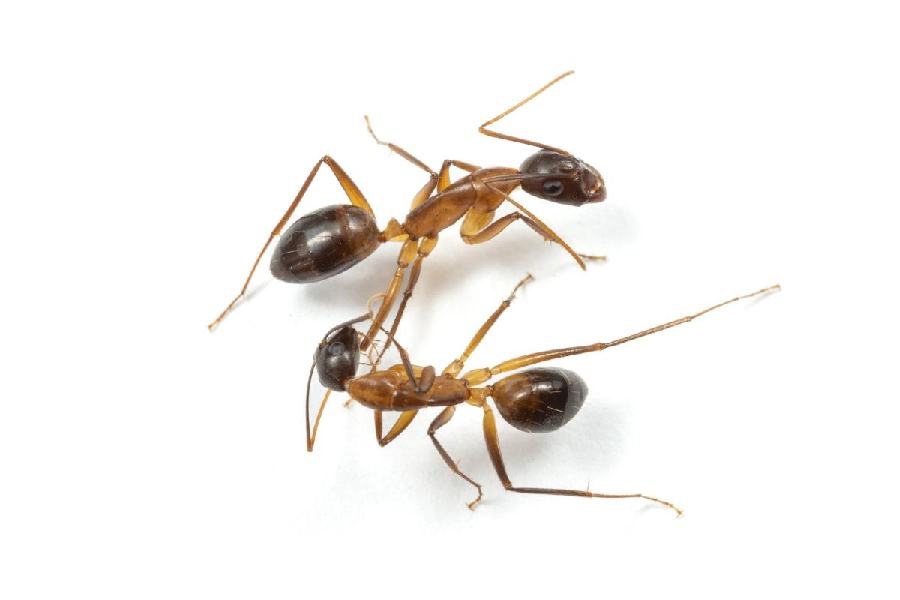Scientists have documented ants resorting to selective and systematic life-saving amputation of legs to treat infected wounds in nestmates, the first-ever observations of routine amputations in a non-human animal.
The researchers have found workers from the species called the Florida carpenter ant repeatedly bite into the injured legs of nestmates leading to amputation, increasing the survival probability of the injured ant.
The brutal procedure prevents life-threatening infections from spreading through the ants' bodies and 90 per cent of the amputated animals survive the treatment. Despite the loss of one of their six legs, the ants can resume tasks in their nests. The study’s findings were published on Tuesday in the journal Current Biology.
“We observed over 100 amputations over six months,” Erik Frank, a scientist at the University of Wuerzburg in Germany and the study’s first author, told The Telegraph. "These are the first known observations of medical amputation in the animal kingdom,” said Frank, who’s studying the evolution of social wound care in ants.
Ants may get injured while at work out foraging most likely through encounters with other ant species or insects such as termites. Last year, Frank and his colleagues had reported that members of another ant species found in sub-Saharan Africa apply antimicrobial compounds from a gland on infected wounds of nestmates and reduce premature mortality in the infected ants by about 90 per cent.
The Florida carpenter ants, the scientists have now studied, do not have such a gland. Instead, they appear to use either of two mechanical methods to treat their injured nestmates — they clean wounds with their mouths or perform a full amputation of the injured leg.
Frank and the study collaborators at the University of Lausanne in Switzerland found something they consider more surprising — the ants proceed to amputation if the leg injuries are on the thigh, regardless of whether the wounds are sterile or infected with bacteria. If the wounds are on the lower part of the legs, they are never amputated. Instead, they put more effort into licking the wounds which, the scientists speculate, is a mechanical way to remove bacteria from the wounds.
To understand this behaviour, the researchers performed amputations on ants with wounded and bacterial-infected lower legs and found that the survival rate after amputation was only 20 per cent, in contrast to the 90 per cent observed in amputations by ants.
Computer tomography exams of the ants show there are many muscles in the ants’ thighs whose activity ensures the circulation of the ants’ “blood-like” substance called hemolymph. Injuries to the thighs impair the muscles and hinder circulation, allowing the amputation to be "successful". But because the lower legs have no such muscles that drive hemolymph circulation, the bacteria from the legs can spread through the body much faster, shortening the time window available for a successful amputation.










